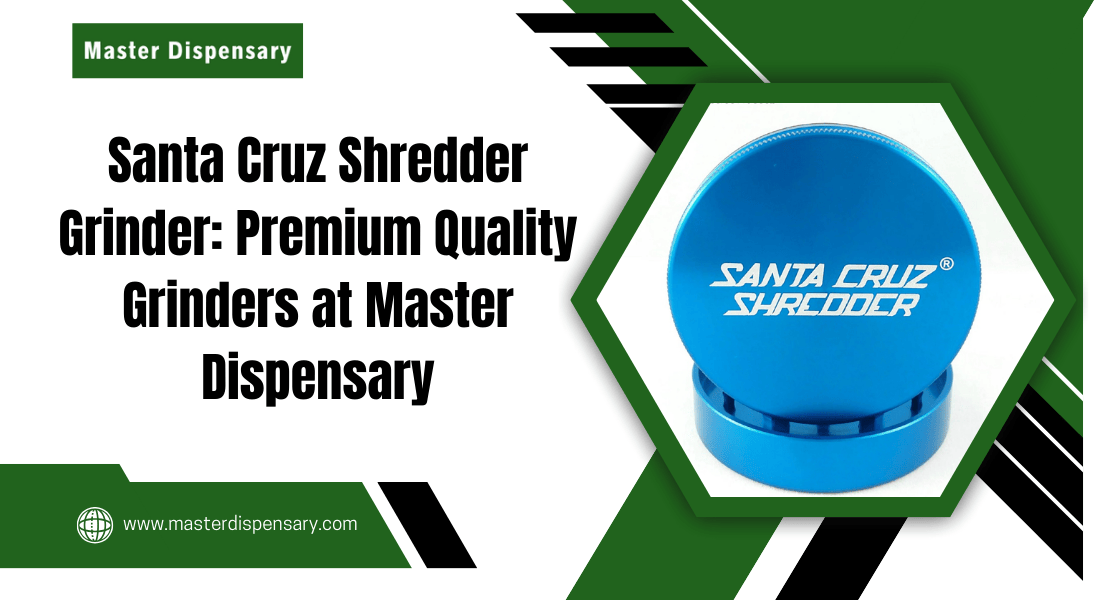Australia is a country known for its love of outdoor living, and private swimming pools are a staple in many backyards. While pools provide a haven for relaxation, exercise, and family fun, they also come with significant safety responsibilities. Drowning is one of the leading causes of accidental death among young children in Australia, making pool safety not just a legal requirement but a moral obligation for homeowners.
To ensure the safety of children and pets, the Australian government has established stringent pool safety regulations. One of the most critical aspects of pool safety is proper pool fence installation and compliance with Australian standards. This article explores everything you need to know about pool fencing—from legal requirements and safety standards to installation tips, maintenance, and common pitfalls to avoid.
Why Pool Fencing is Crucial
Swimming pools, while enjoyable, can be hazardous. According to statistics from the Royal Life Saving Society Australia, hundreds of children under five years old drown or suffer near-drowning incidents every year. Most of these incidents occur in private pools at home.
A compliant pool fence acts as a physical barrier, preventing unsupervised access by young children and pets. In addition, a pool fence serves as a visible reminder for pool users to exercise caution, ensuring everyone in the household follows safety practices.
Pool fencing isn’t merely an aesthetic addition; it’s a lifesaving investment. In Australia, pool owners are legally required to install a fence that adheres to strict standards, reducing the risk of tragic accidents.
Understanding Australian Pool Safety Regulations
Pool safety in Australia is governed by the Australian Standard AS 1926, which is a series of standards designed to ensure fencing, barriers, and gates are child-resistant and reliable. Compliance with these regulations is mandatory for all private pools, whether in-ground or above-ground.
The regulations cover three key areas:
- Pool Fencing Requirements
- Gates and Access Points
- Maintenance and Compliance Inspections
Let’s take a closer look at each.
1. Pool Fencing Requirements
Australian standards specify that pool fences must:
- Be a minimum height of 1.2 meters above ground level.
- Have no gaps greater than 100mm that a child could squeeze through.
- Be designed to prevent climbing, meaning horizontal rails or footholds should not allow children to scale the fence.
- Include a barrier that completely separates the pool from the house and other structures where children can access.
These rules apply to both vertical and horizontal fencing. Glass pool fences, steel barriers, and aluminum options are all acceptable, provided they meet the safety specifications.
2. Gates and Access Points
Gates are the most vulnerable points in pool safety. According to Australian standards, gates must:
- Open outwards from the pool area.
- Be self-closing and self-latching.
- Have a latch mechanism that is out of reach of small children, generally positioned at least 1.5 meters above ground.
- Be securely hinged and free from defects that could compromise their functionality.
For households with pets, gates and access points should also prevent animals from wandering into the pool area, protecting both the animals and family members.
3. Maintenance and Compliance Inspections
Installing a pool fence is not a one-time task. Ongoing maintenance is critical to ensure the barrier remains effective:
- Check fences and gates regularly for rust, corrosion, or damage.
- Ensure that latches and hinges are operational and child-resistant.
- Remove any objects near the fence that could facilitate climbing.
- Conduct periodic inspections, especially after extreme weather or renovations.
Compliance inspections by local councils are often mandatory, particularly when selling a property. Pool owners who fail to maintain their fences risk fines and liability in the event of an accident.
Choosing the Right Pool Fence
Selecting a pool fence involves balancing safety, aesthetics, durability, and cost. Here’s a breakdown of popular pool fencing options in Australia:
1. Glass Pool Fences
- Pros: Sleek and modern look, unobstructed views, low maintenance, durable.
- Cons: Higher upfront cost, requires professional installation, needs regular cleaning to remove water spots.
- Compliance Tip: Must use toughened safety glass and secure fittings to meet AS 1926 standards.
2. Aluminum Pool Fences
- Pros: Lightweight, corrosion-resistant, available in various styles and colors.
- Cons: Can dent or bend if not properly installed.
- Compliance Tip: Ensure vertical bars are spaced correctly and rails cannot be climbed by children.
3. Steel Pool Fences
- Pros: Extremely strong, long-lasting, suitable for high-traffic areas.
- Cons: Susceptible to rust if not treated, heavier to install.
- Compliance Tip: Powder-coated steel is preferred to prevent corrosion and maintain safety standards.
4. Timber Pool Fences
- Pros: Natural appearance, customizable, blends with garden settings.
- Cons: Requires frequent maintenance, can warp or rot.
- Compliance Tip: Timber must be treated for outdoor use and designed to meet vertical bar spacing requirements.
Steps for Proper Pool Fence Installation
Installing a pool fence is not just about putting up panels—it’s about ensuring safety and compliance. Here’s a step-by-step guide:
Step 1: Understand Local Regulations
Regulations can vary slightly between states and territories. Before purchasing materials, check with your local council or building authority to ensure compliance.
Step 2: Measure Your Pool Area
Accurate measurements are crucial. Measure the perimeter of your pool and consider any slopes, walls, or landscaping that may affect fence placement.
Step 3: Choose Fence Materials
Decide on the type of fence (glass, steel, aluminum, or timber) that meets safety standards, suits your budget, and complements your backyard design.
Step 4: Install Fence Posts
Posts should be firmly embedded in concrete for stability. Proper alignment ensures the fence panels are secure and cannot be easily forced open.
Step 5: Attach Fence Panels
Ensure panels fit tightly between posts. For glass fences, use certified fittings; for metal or timber, verify the spacing between bars and rails complies with AS 1926.
Step 6: Install Gates
Gates should open outwards and have self-closing, self-latching mechanisms. Check that latches are out of reach of small children.
Step 7: Inspect and Test
After installation, inspect the fence for gaps, weaknesses, or potential hazards. Test gates multiple times to ensure they close securely and latches are functional.
Common Pool Fence Compliance Mistakes
Even well-intentioned homeowners can make mistakes that compromise safety. Some common pitfalls include:
- Improper Gate Latches: Installing latches within reach of children or using non-compliant mechanisms.
- Climbable Objects Nearby: Placing furniture, rocks, or plants near the fence that children could use to climb over.
- Gaps in the Fence: Leaving gaps larger than 100mm, especially around posts, gates, or at ground level.
- Incorrect Height: Fences below the minimum 1.2-meter requirement.
- Neglecting Maintenance: Rust, warping, or loose fittings can weaken the barrier over time.
Avoiding these mistakes is essential to protect your family and ensure compliance with Australian regulations.
Pool Fence Maintenance Tips
Once your pool fence is installed, regular maintenance is crucial. Here are some practical tips:
- Regular Cleaning: Remove debris, algae, or dirt buildup, especially on glass fences.
- Inspect for Damage: Check posts, panels, and gates for cracks, rust, or corrosion.
- Test Latches and Hinges: Make sure all gates self-close and latches are functional.
- Trim Nearby Vegetation: Prevent plants or trees from providing climbing access.
- Periodic Professional Inspection: A professional inspection can ensure your fence continues to meet AS 1926 standards.
Benefits Beyond Safety
While safety is the primary goal, compliant pool fencing offers additional advantages:
- Legal Protection: Reduces liability in case of accidents and ensures compliance with local laws.
- Property Value: Well-maintained, visually appealing fences can increase the resale value of your home.
- Aesthetic Appeal: Modern fencing options like frameless glass enhance the look of your backyard.
- Peace of Mind: Knowing your pool is secure allows you to relax and enjoy your outdoor space safely.
Legal Implications of Non-Compliance
Failure to install or maintain a compliant pool fence can have serious consequences:
- Fines and Penalties: Local councils can impose hefty fines for non-compliance.
- Liability for Accidents: Homeowners may face civil or criminal liability if a child or guest is injured in a pool without a compliant fence.
- Insurance Complications: Non-compliance may void insurance claims related to pool accidents.
Ensuring your pool fence meets Australian standards is not just a legal obligation but a crucial step in protecting your loved ones.
Conclusion
Pool fencing is more than a regulatory requirement—it’s a vital safety measure that protects children, pets, and adults alike. Compliance with Australian standards ensures your fence is not only effective but also reliable and durable.
By understanding the regulations, choosing the right materials, following proper installation practices, and maintaining your fence, you can create a safe and enjoyable backyard environment. Investing in a compliant pool fence is an investment in safety, peace of mind, and the wellbeing of your family.
Whether you are pool fence installation a new pool or upgrading an existing fence, prioritizing compliance is essential. Remember, a well-installed and maintained pool fence is not just a boundary—it’s a safeguard for life.


